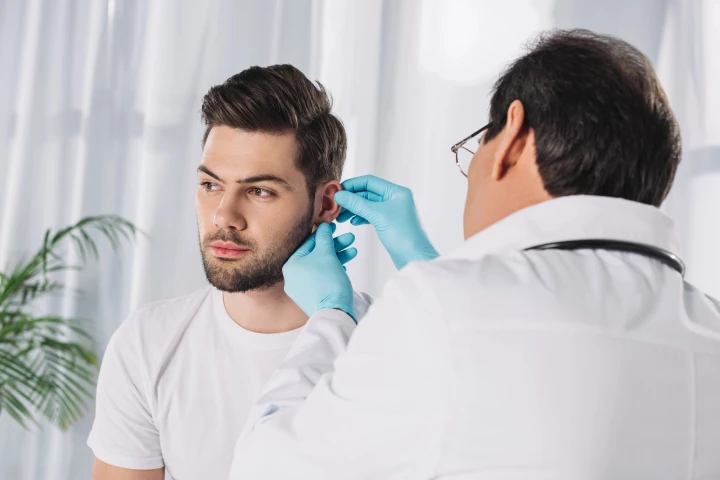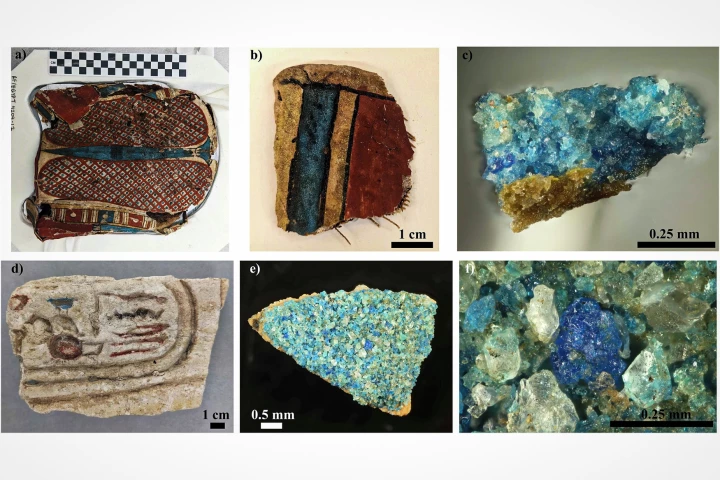Chemistry
-
Following on from last year's 34th First Annual Ig Nobel Prize, the 35th First Annual Ig Nobel Prize night took place at Boston University this week, celebrating the joy of science: Real research with some delightfully sideways paths of investigation.
-
Scientists at the Department of Energy’s Lawrence Berkeley National Laboratory are using the 88-Inch Cyclotron to help steady the famous periodic table of elements one atom at a time where it's gone a bit wobbly at the heavy element end.
-
Using a new technique called nanoscale fletching, scientist have created a high-performing nonstick coating that repels water and oil – without the PFAS profile. It's a big step toward the elusive "holy grail" of a safer, greener Teflon.
-
A team of chemists has developed a new type of magnetic molecule that could be the key to storing vast amounts of data on absolutely miniscule drives. That could be huge for data centers in the future.
-
Catching the onset of Parkinson's Disease early can be critical to slowing the disease's progression and improving a patient's life. A new test that uses nothing more than a sample of someone's ear wax is set to do exactly that.
-
Ancient Egyptians were not only masters of architecture but also wizards of chemistry. Around 5,000 years ago, they crafted the world’s first synthetic pigment, Egyptian blue, and now researchers think they've finally figured out the original recipe.
-
Dr. Frankenstein might not have needed a lightning bolt to bring his monster to life after all. A new study from Stanford suggests that life might have been kickstarted by constant zaps from “microlightning” between water droplets.
-
In what they're calling the "highest density of mechanical bonds ever achieved," researchers created a super-strong flexible material that works very much like chainmail. The breakthrough has already demonstrated its ability to improve body armor.
-
Drinking water in developed countries is pretty clean, but hidden nasties can still lurk. One mysterious “phantom chemical” has haunted drinking water for decades, and now researchers have identified it – and found it’s completely new to science.
-
Researchers have developed a non-addictive painkiller that remains inactive until it reaches sites of chronic pain. Instead of dulling the nerves that send the pain signals like other analgesics, this new pain pill directly addresses the underlying cause.
-
Scientists have discovered the largest known protein in biology. Given the fun name of PKZILLA-1, the protein was found in algae cells and helps them make toxins that are responsible for mass killings of fish.
-
Scientists in Japan have developed a new method for breaking down toxic “forever chemicals” quickly and at room temperature. The technique broke down 100% of certain types of these pollutants overnight, recovering some useful components for reuse.
Load More











